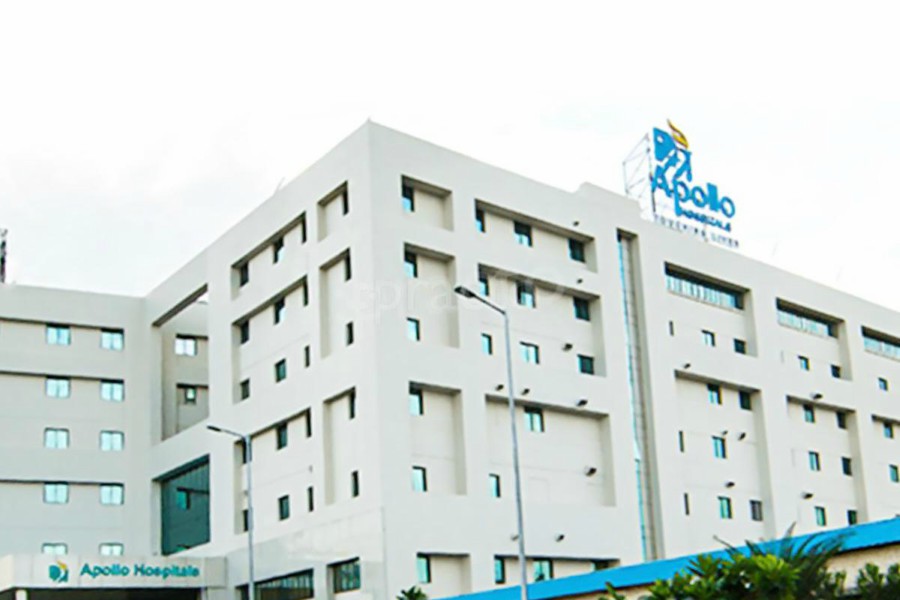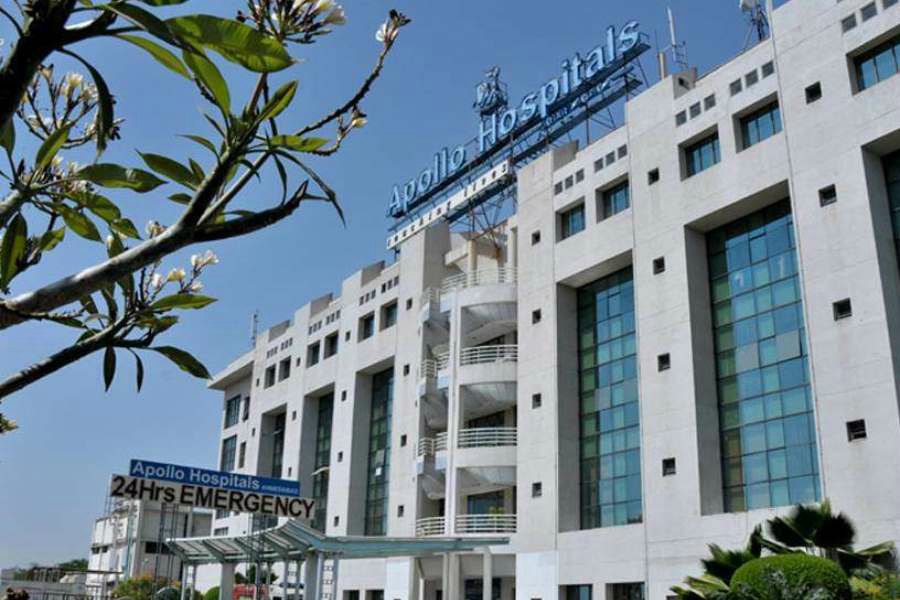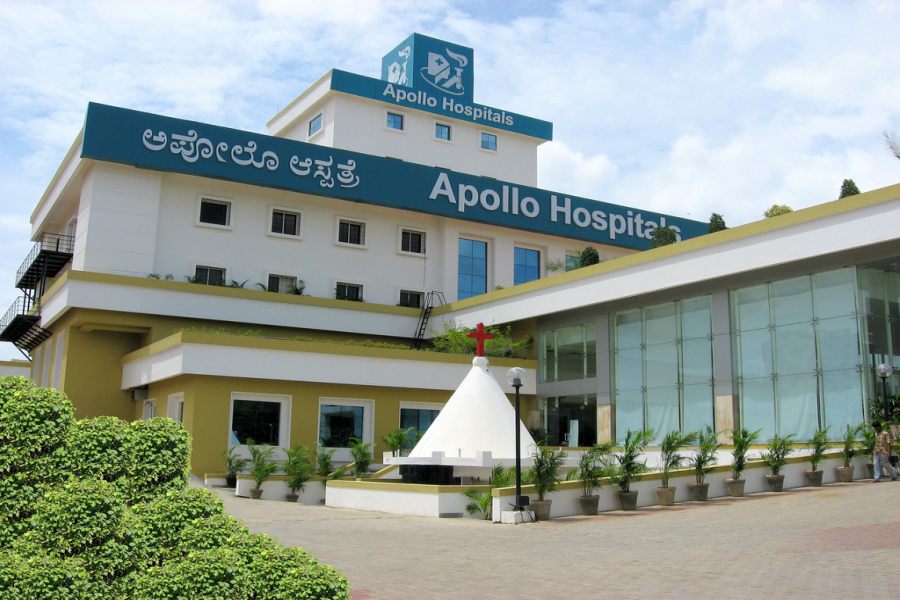
Physical appearance plays a vital role in everybody’s life, irrespective of their gender. It gives you the confidence to face whatever comes your way. However, some incidents or defects that affect your look can take your confidence away. Reconstructive surgery is the right solution for such problems.
Overview
Reconstructive surgery involves surgical management of the body structures affected functionally or aesthetically by developmental abnormalities, congenital defects, injuries, burns, infection, or tumours. It is performed to restore the function and the appearance of the damaged tissue.
Several reconstructive techniques are used to repair the damage, mostly by transferring a healthy tissue from one part of the body to another. Depending on the area and severity of tissue damage, multiple surgeries may be required to improve the function and aesthetics of the tissue.
ELIGIBILITY
Individuals with the following conditions can undergo reconstructive surgery:
- Congenital conditions like cleft lip and palate, vascular anomalies (like birthmarks), constricted ears prominent ears microtia, hypospadias, craniofacial conditions, or hand deformities.
- Cancers of the head and neck, breast and skin
- Hand injuries, lower limb fractures, soft tissue injuries of the face
- Dead tissues from the previous infections
- Second or third degree burn injuries
PREPARATION BEFORE PROCEDURE
Reconstructive surgery can be complicated and may involve multiple procedures. A personal consultation with a plastic surgeon is the first step in the reconstructive process. This allows you to discuss your expectations with the surgeon. Also, your surgeon will help you understand the outcomes and benefits of the procedure. Based on your condition, medical history, risks and complications of the procedure, the doctor will prepare the treatment plan that is best for you.
Most of the reconstructive procedures are performed on an outpatient basis. You will be given specific instructions to prepare for the surgery. These instructions may include guidelines on cleaning the skin, drinking and eating before surgery. You may be asked to refrain from smoking, avoid or take some medicines and vitamins.
PROCEDURE TYPE
There are numerous reconstructive surgical techniques:
Skin graft: This technique involves using a healthy skin patch from one part of the body (the donor site) to cover the damaged or missing skin (the recipient site).
There are two main types of skin grafts:
- Split-thickness skin graft is made up of the skin layers nearest to the surface. This type is often used for treating burns and other injuries.
- Full-thickness skin graft is made up of all the layers of skin. These grafts are commonly used to treat small defects on the face or hand, rather than treating acute burns. These grafts are useful in dealing with contractures to restore flexibility to the affected region.
- Composite graft includes all layers of skin, fat and cartilage (sometimes) from the donor site. This graft is useful in treating wounds with complex contour or shape, like after the removal of skin tumour from the nose.
Flap surgery: This surgery comprises transferring a healthy tissue along with blood vessels from one part of the body to the damaged site. This technique can restore the function and structure of the areas that have damaged skin, lost underlying fat, muscles or skeletal support.
The following are the three types of flap:
- Local flap is obtained from the area near the wound, with its one end attached to the original site for the blood supply. The flap is relocated over the wound.
- Regional flap is a part of the tissue attached by a specific blood vessel. This flap, when lifted requires only a fine attachment to the original site to obtain blood supply.
- Free flap/microsurgery includes transferring the healthy tissue along with blood vessels from one part of the body to another. The free flaps are completely disconnected from the original blood supply and are connected to the recipient site by microsurgery. In microsurgery, the blood vessels of the flap are joined with those in the recipient site by using a microscope.
Tissue expansion: This technique allows the body to produce extra skin by stretching the surrounding tissue. In this procedure, an expander (a balloon-like device) is inserted below the skin and is gradually filled with salt water; this stretches the overlying skin.
Other techniques: The other procedures to treat burns use– xenograft (the skin is taken from animal species, like pigs) or allograft skin (the skin is taken from another human donor), artificial skin (tissue-engineered products that act like deep skin layers), splints, steroid injections, pressure dressings and garments, etc.
ABOUT PROCEDURE
Several reconstructive techniques have been developed and modified over many years. These procedures aim to provide wound coverage, restore function and enhance aesthetics.
Reconstruction requires a tailored approach, as the conditions vary for different individuals.
POST-PROCEDURE CARE
Post-surgery care instructions are essential for the wound to heal and gain the best possible outcomes.
Based on the procedures performed, your post-procedure guidelines may vary.
Usually, a bolster dressing is used to keep the skin grafts in place for 3-5 days. This dressing aids the skin graft to stick to the wound and helps to heal. Smaller burn injuries might need only small dressings after surgery. In the later stage, when the scars are released, the surgeon may use a plaster splint for dressing to provide support after surgery.
Follow-up visits will be scheduled based on your condition and rate of recovery.
Occupational therapy or physical therapy may be needed weeks or months after surgery to confirm complete recovery of muscle function. This therapy may include casts or splints, exercises to be performed during the treatment visits and at home.
FACTORS AFFECTING COST
The cost for reconstructive surgery depends on
- The severity of the burn injury
- The number of surgeries required
- General health of the patient
- Expertise of the plastic surgeon
FAQ
The time needed for tissue expansion is based on the patients’ condition and the extent of the area to be reconstructed, but it usually takes several weeks.
Some complications of the surgery include:
- Excessive bleeding
- Infection
- Difficulty in wound healing
- Bruising
The healing process depends on the extent of the burn and may vary with every individual. Usually, the skin grafts and donor sites require about two weeks to heal, provided they do not get infected.
Your doctor will inform you when you can shower or take a bath. However, you can take sponge baths for 2 to 3 weeks, as the wounds heal.
Yes, most health insurance policies cover reconstructive surgery. However, the coverage for particular procedures may vary. Thus, it is recommended to enquire about the coverage with your health insurance agent.


 Best Hospitals
Best Hospitals












